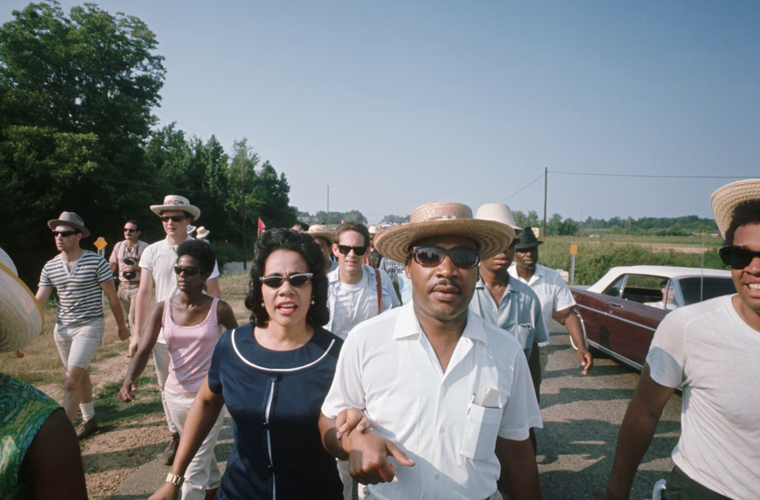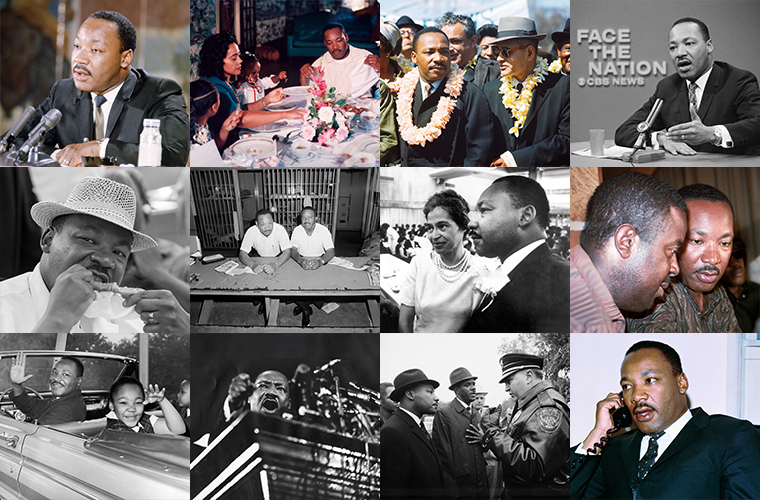Martin Luther King Jr. was a prominent figure in the American civil rights movement. Born on January 15, 1929, in Atlanta, Georgia, he dedicated his life to fighting for equality and justice for African Americans. King’s leadership and powerful speeches played a crucial role in the advancement of civil rights in the United States. King’s journey towards becoming a civil rights leader began at an early age. Growing up in the segregated South, he witnessed firsthand the injustices faced by African Americans. Inspired by his father, who was a Baptist minister, King pursued a career in ministry and became a pastor himself. He believed that his faith and the teachings of nonviolence could be powerful tools in the fight against racial discrimination.
One of King’s most notable achievements was his role in the Montgomery Bus Boycott in 1955. This protest, sparked by the arrest of Rosa Parks for refusing to give up her bus seat to a white person, lasted for 381 days and eventually led to the desegregation of public transportation in Montgomery, Alabama. King’s leadership during this boycott demonstrated his ability to mobilize communities and bring about social change.
In 1957, King co-founded the Southern Christian Leadership Conference (SCLC), an organization dedicated to advancing civil rights through nonviolent means. As the president of the SCLC, King organized and led numerous protests and demonstrations across the country. His most famous speech, “I Have a Dream,” was delivered during the historic March on Washington in 1963. In this speech, King outlined his vision for a future where racial equality would be achieved.
Throughout his life, King faced numerous challenges and obstacles. He was arrested multiple times for his involvement in civil rights protests and faced constant threats to his safety. Despite these challenges, he remained committed to his cause and continued to advocate for equality until his untimely death on April 4, 1968. King’s legacy continues to inspire and motivate people around the world. His commitment to nonviolence and his belief in the power of love and equality serves as a reminder that change is possible, even in the face of adversity. His contributions to the civil rights movement paved the way for future generations to fight for justice and equality.
In recognition of his accomplishments, Martin Luther King Jr. was posthumously awarded the Presidential Medal of Freedom and the Congressional Gold Medal. His birthday, January 15th, is celebrated as a national holiday in the United States. This holiday serves as a reminder of King’s tireless efforts to create a more just and equal society.
In conclusion, Martin Luther King Jr. was a visionary leader who dedicated his life to fighting for civil rights and equality. His powerful speeches and peaceful protests continue to inspire people around the world. His legacy serves as a reminder that through perseverance and determination, individuals can make a significant impact on society.


